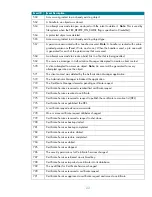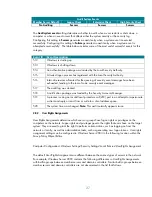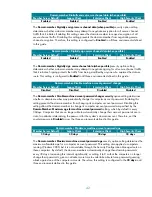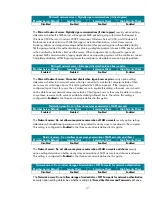
37
The
Synchronize directory service data
user right allows a process to read all objects and properties
in the directory, regardless of the protection on the objects and properties. This privilege is required
in order to use LDAP directory synchronization (Dirsync) services. The default setting specifies no
accounts; however, this user right is configured to
Revoke all security groups and accounts
in the High
Security environment
Take ownership of files or other objects
Member Server Default
Legacy Client
Enterprise Client
High Security Client
Administrators
Not Defined
Not Defined Administrators
The
Take ownership of files or other objects
user right allows a user to take ownership of any
securable object in the system, including Active Directory objects, NTFS file system (NTFS) files, and
folders, printers, registry keys, services, processes, and threads. Ensure that only the local
Administrators
group has the
Take ownership of files or other objects
user right.
2.8.3
Security Options
The Security Options section of Group Policy is used to configure security settings for computers, such
as digital signing of data, administrator and guest account names, floppy disk drive and CD-ROM
drive access, driver installation behavior, and logon prompts. The Security Options settings can be
configured in Windows Server 2003 at the following location within the Group Policy Object Editor:
Computer Configuration\Windows Settings\Security Settings\Local Policies\Security Options
Not all security groups exist on all types of systems. Also, many security group SIDs are unique
among the domains within the company network. Therefore, the Security Options portion ofGroup
Policy may need to be manually modified on a system where the target group exists. This section
provides details on the prescribed security options for the three environments defined in this guide for
the MSBP.
















































